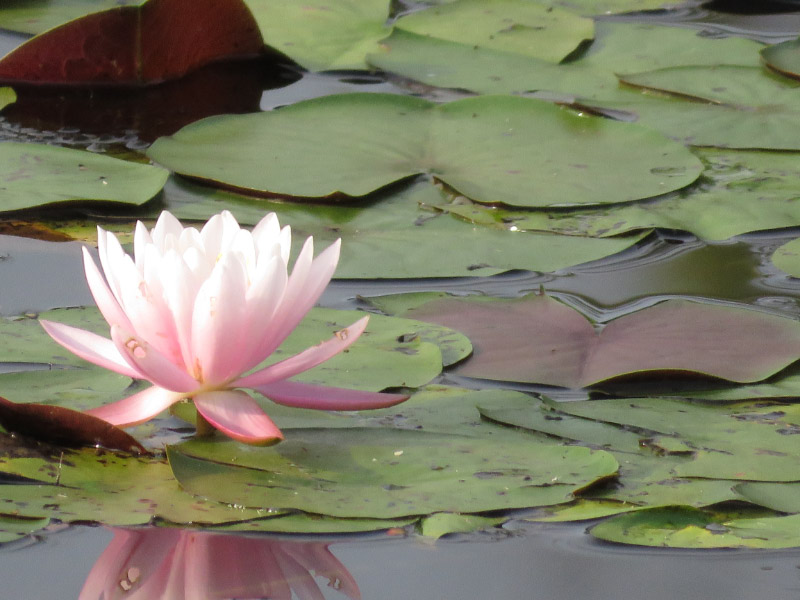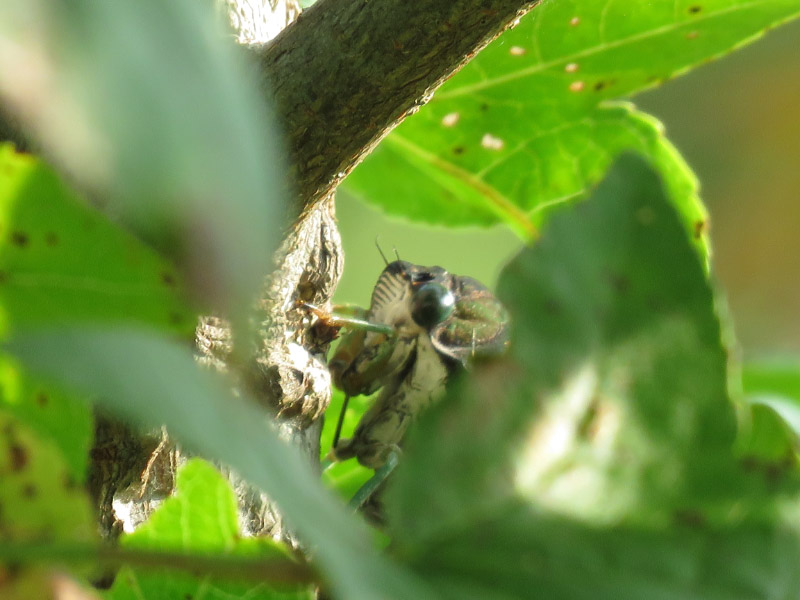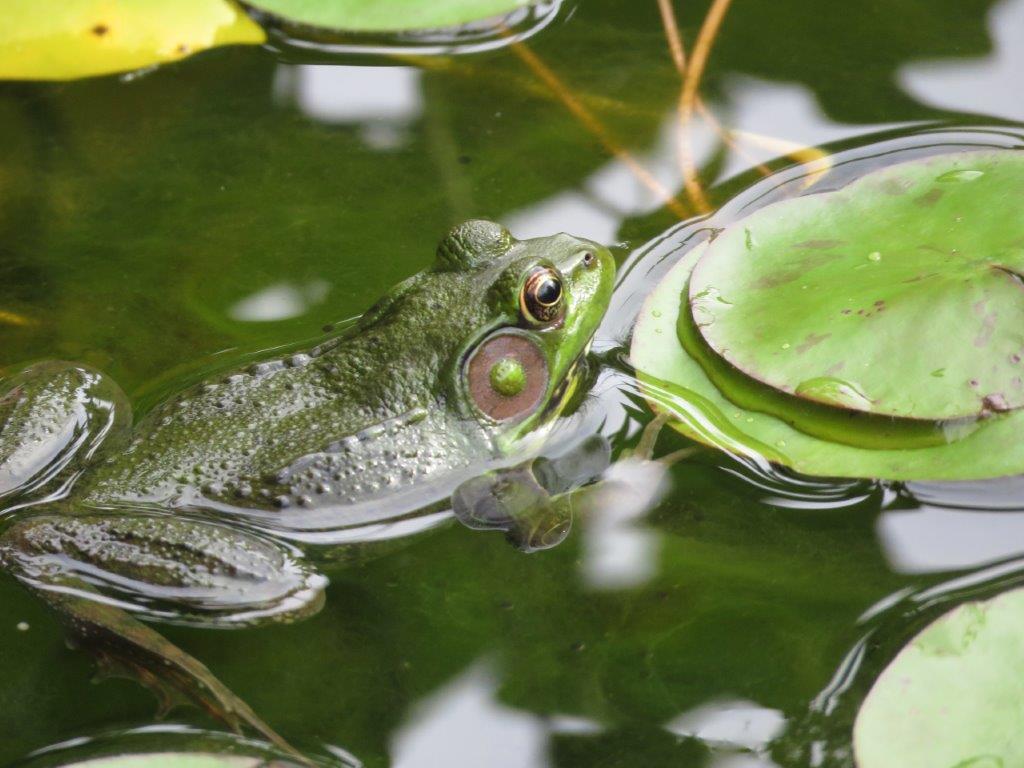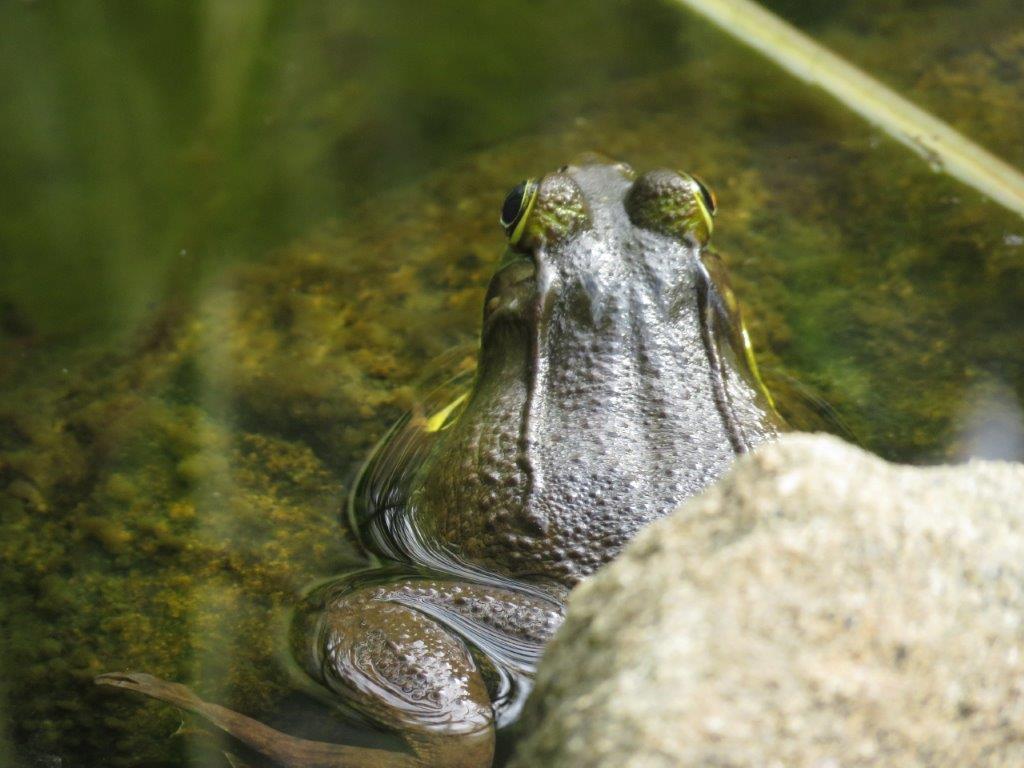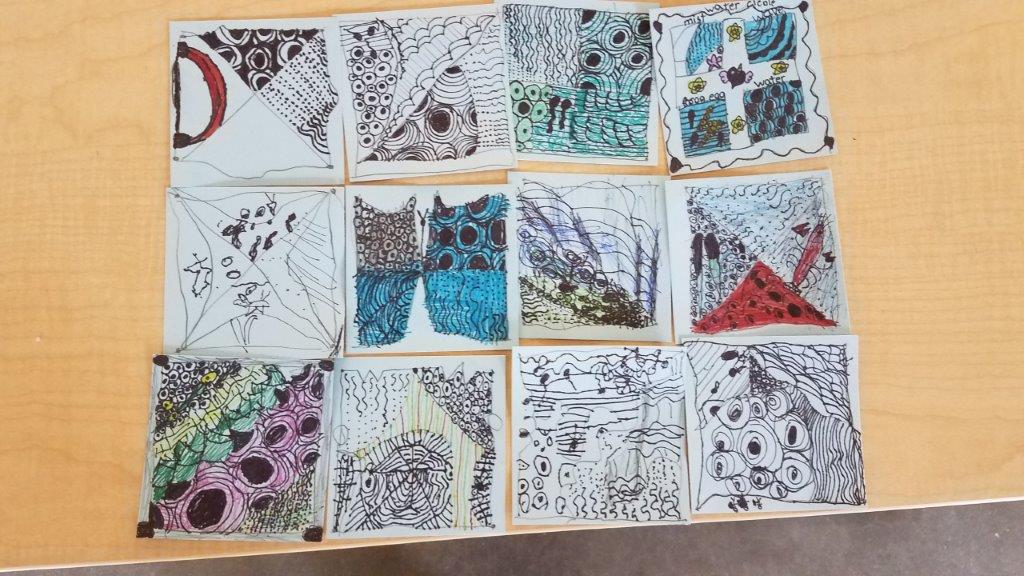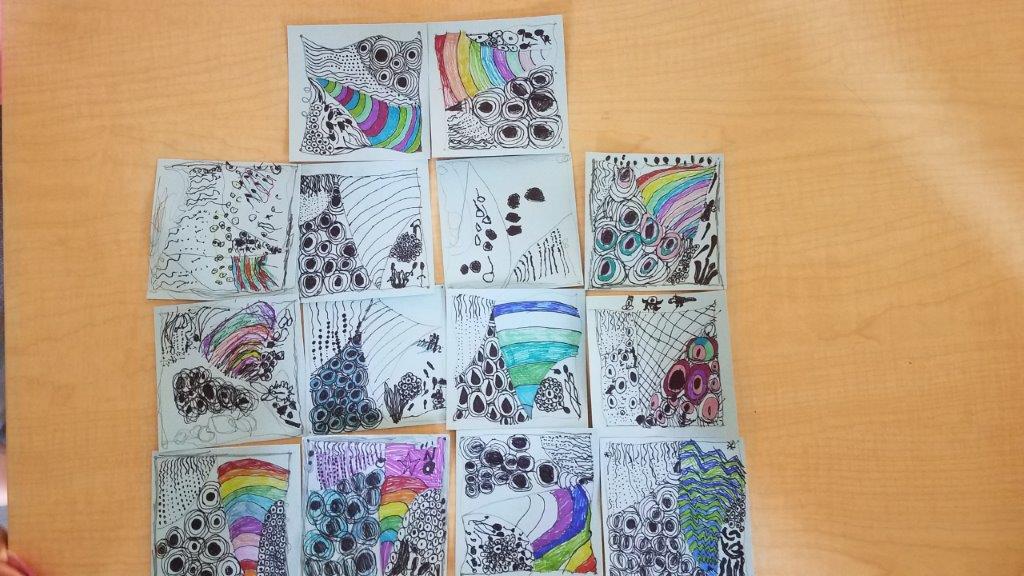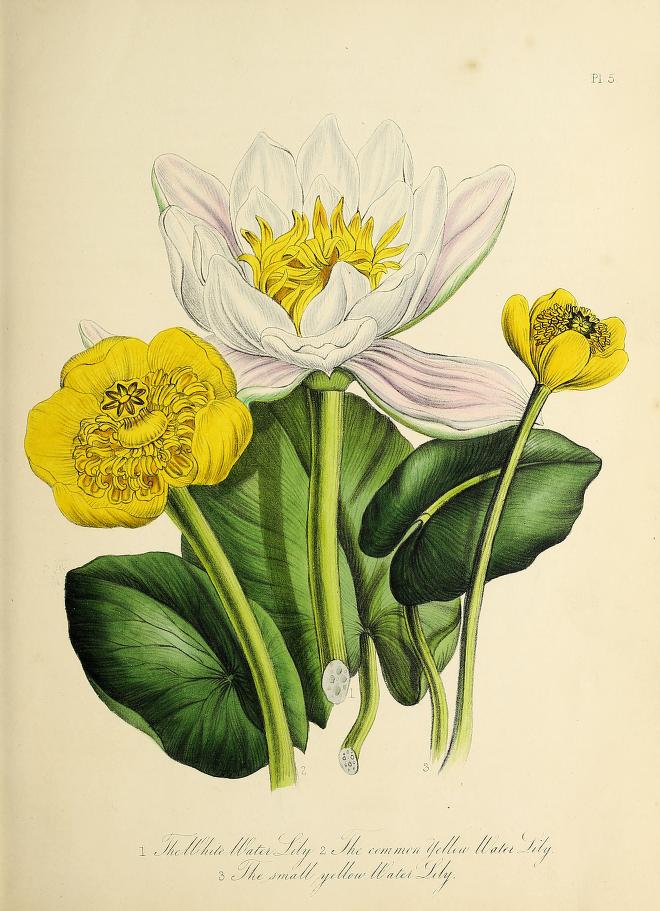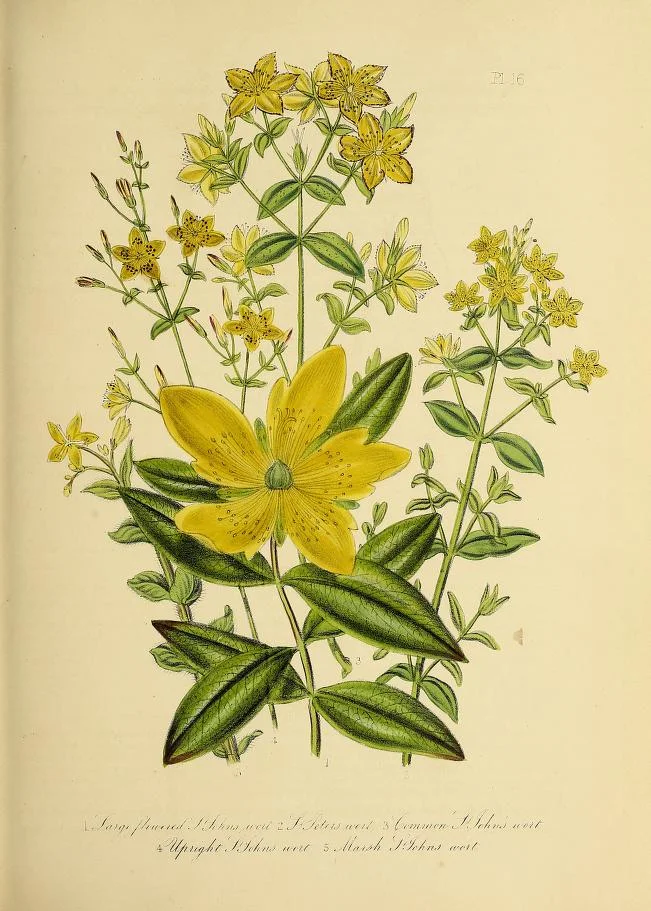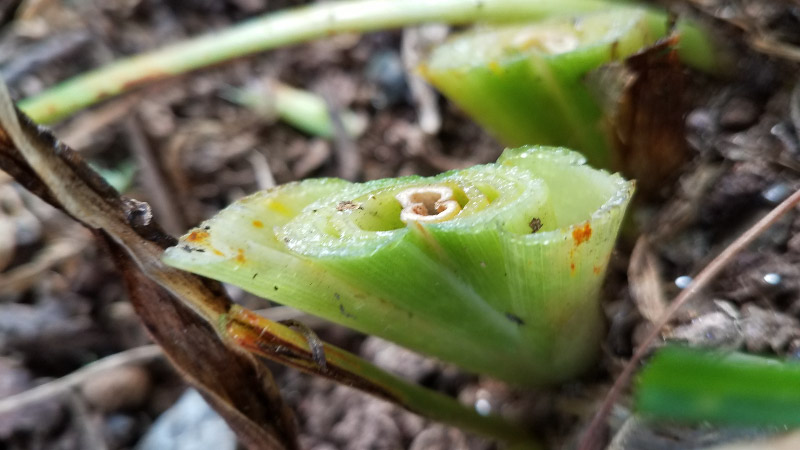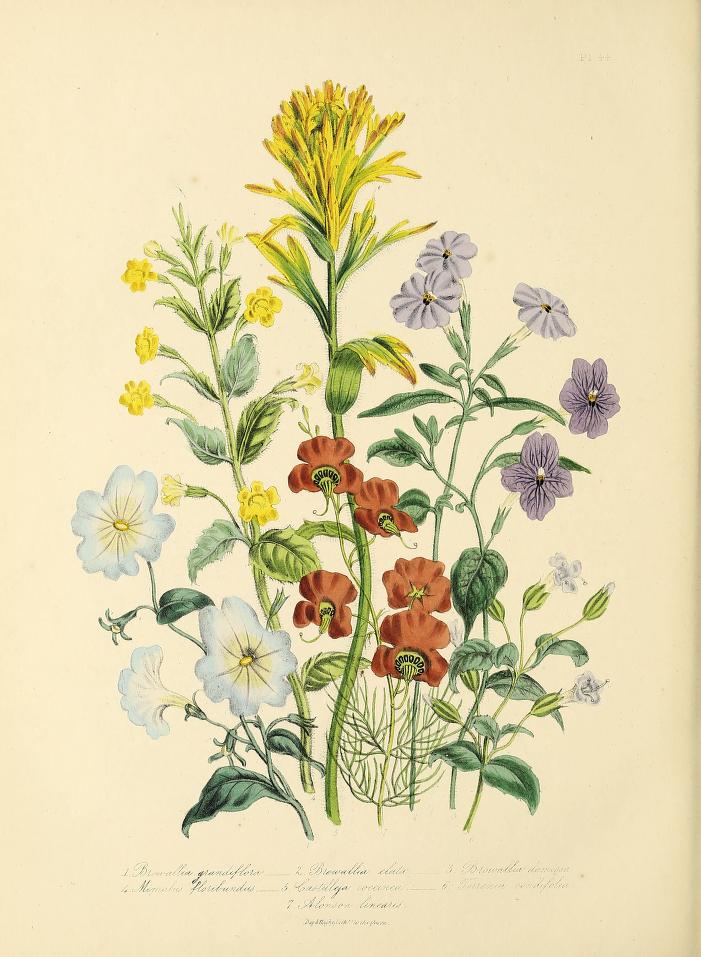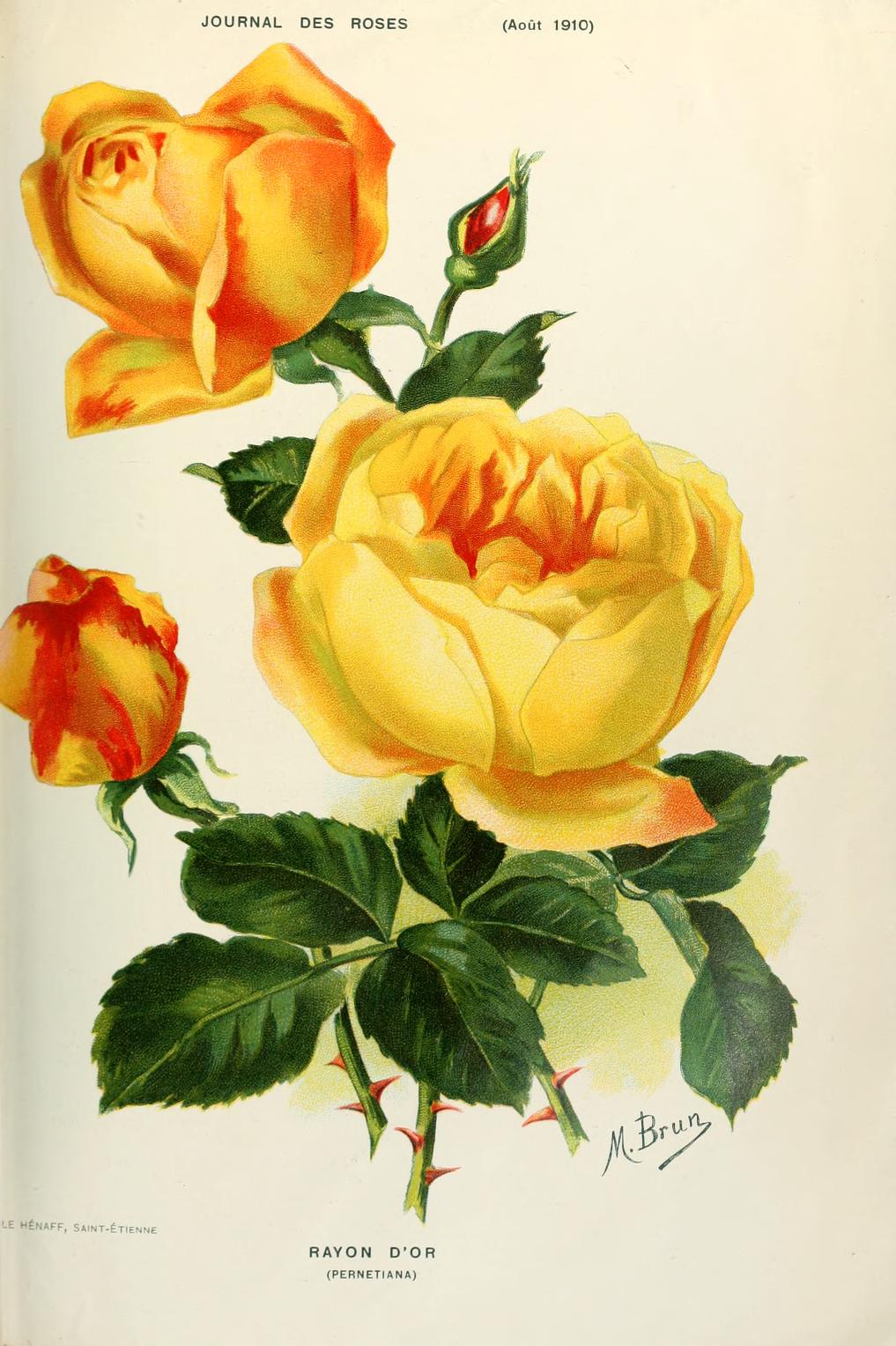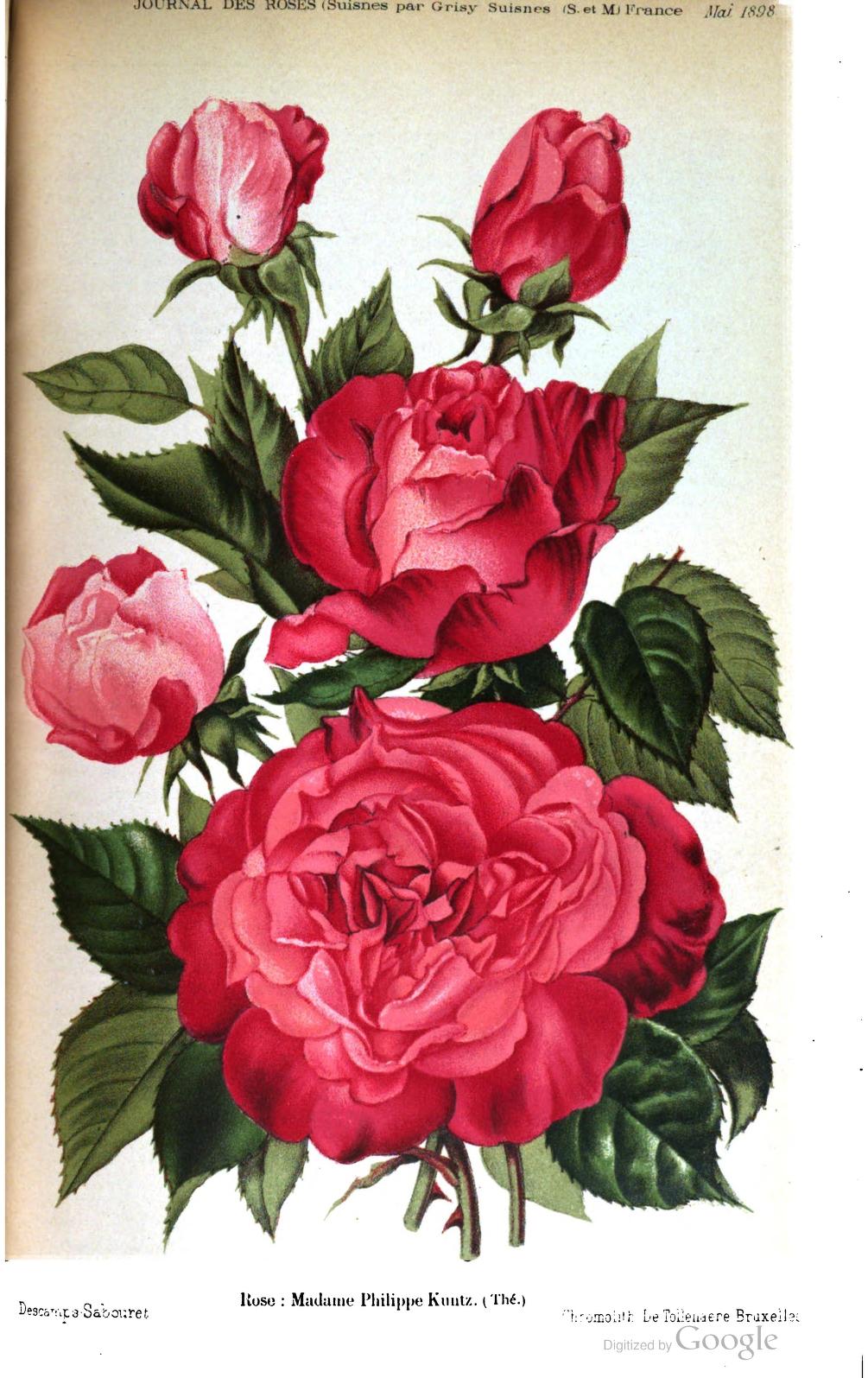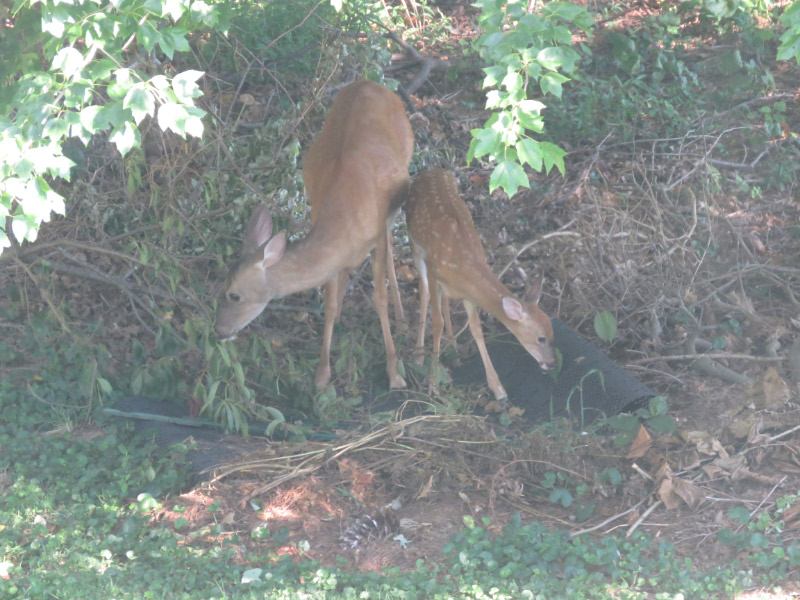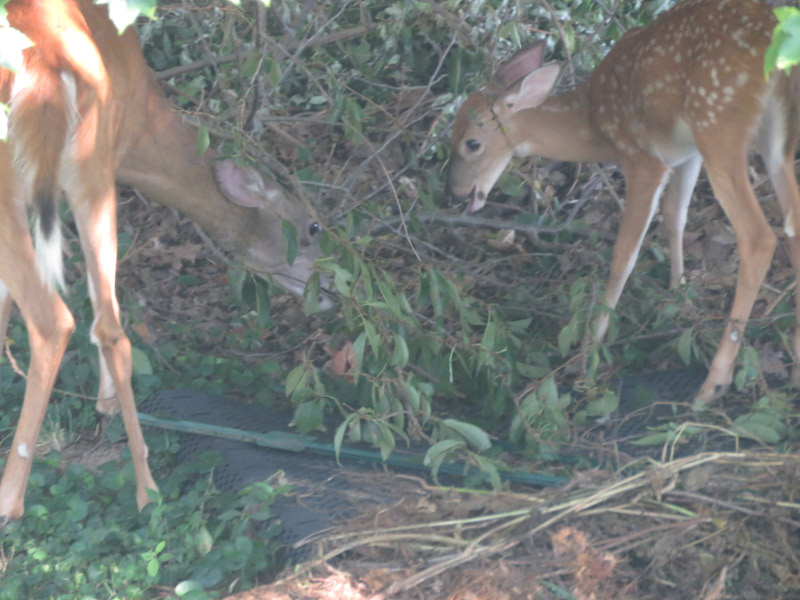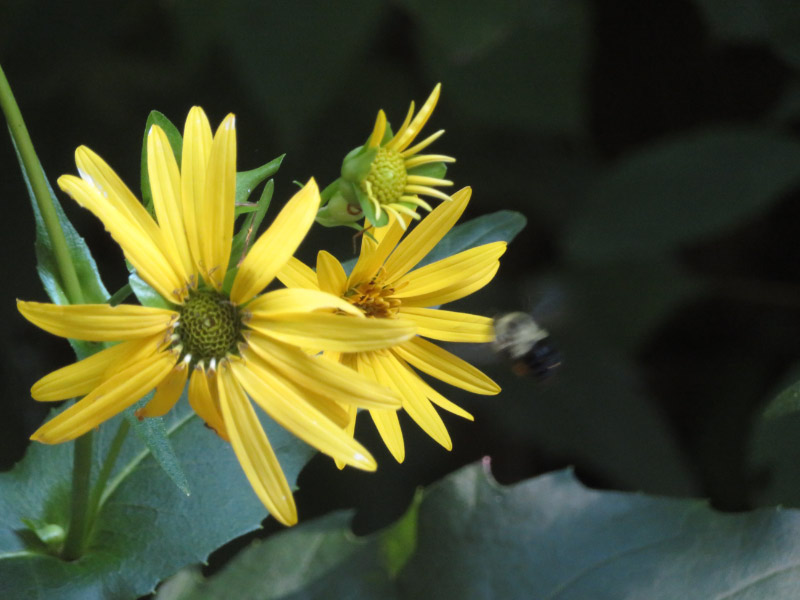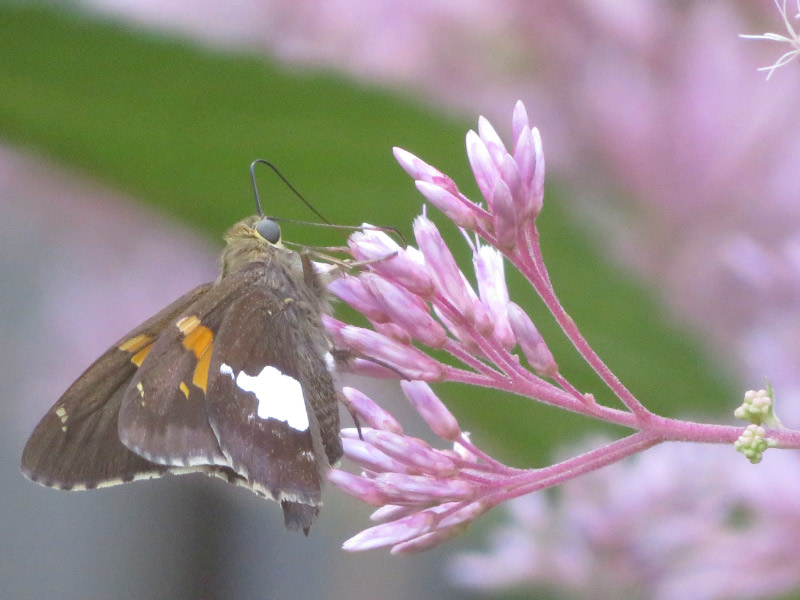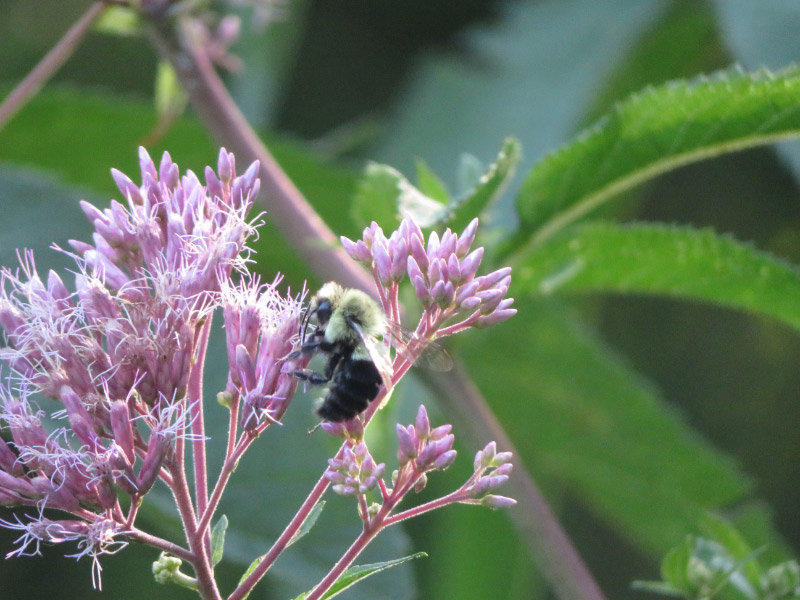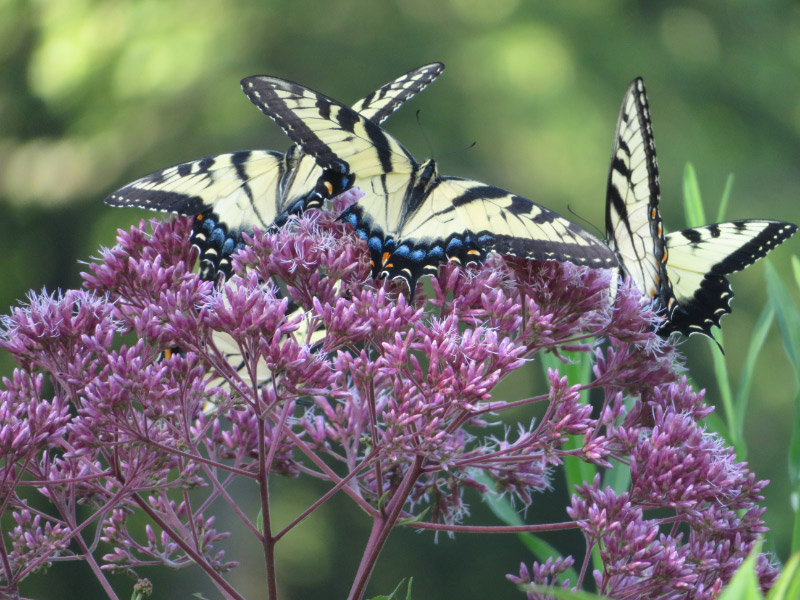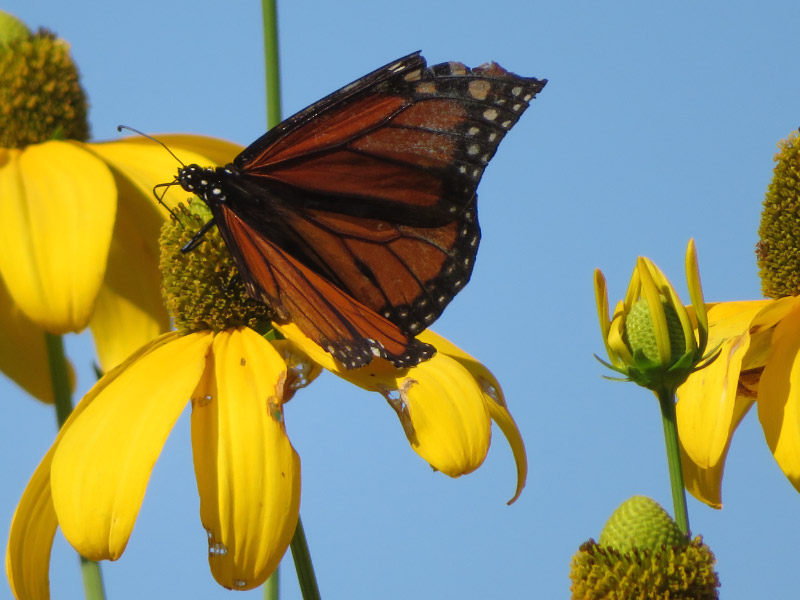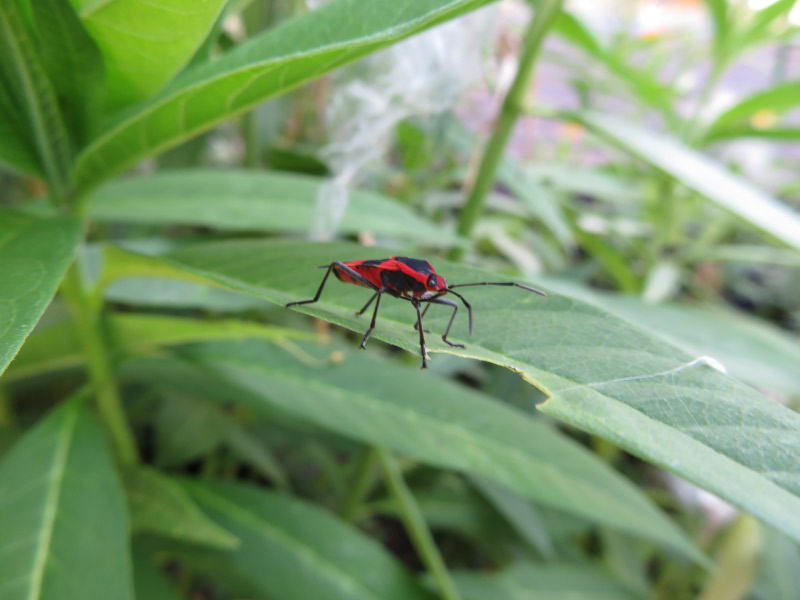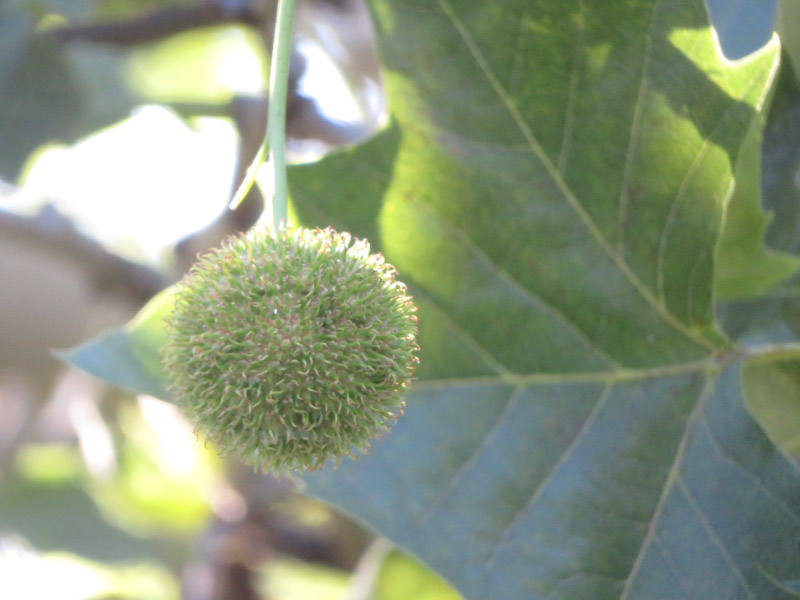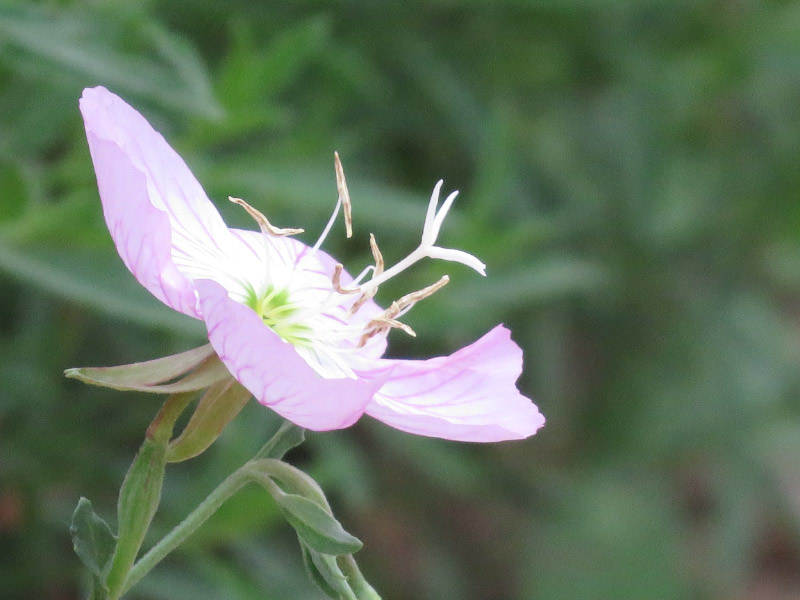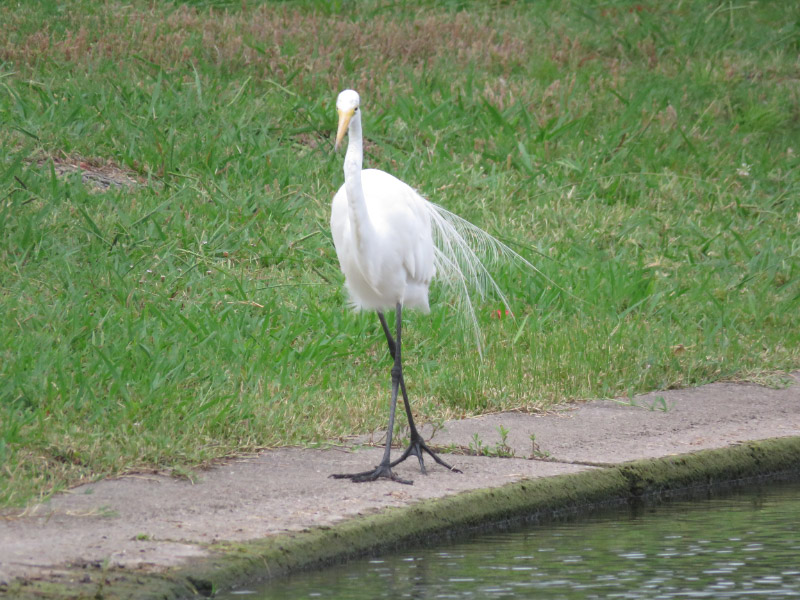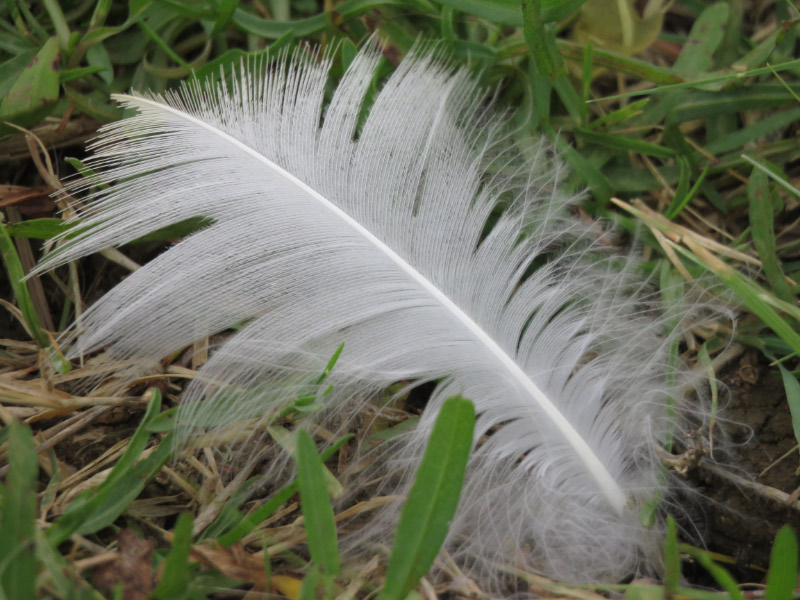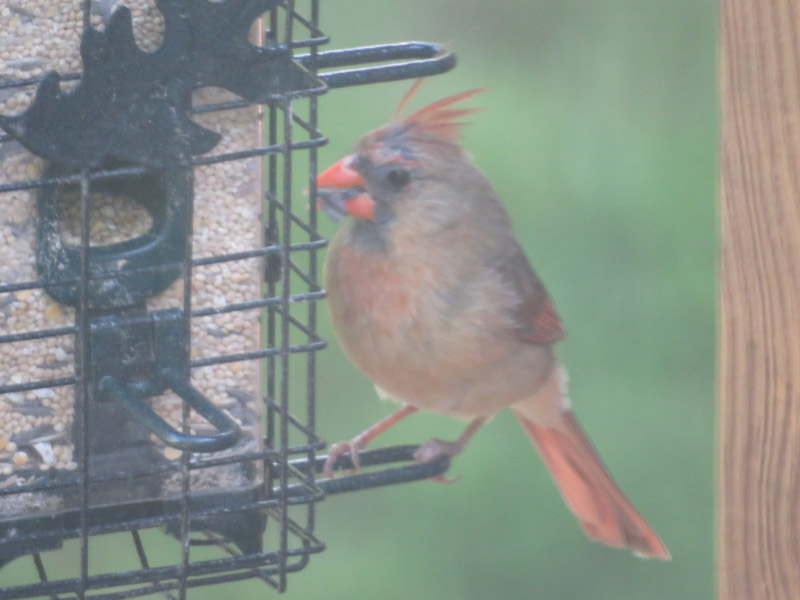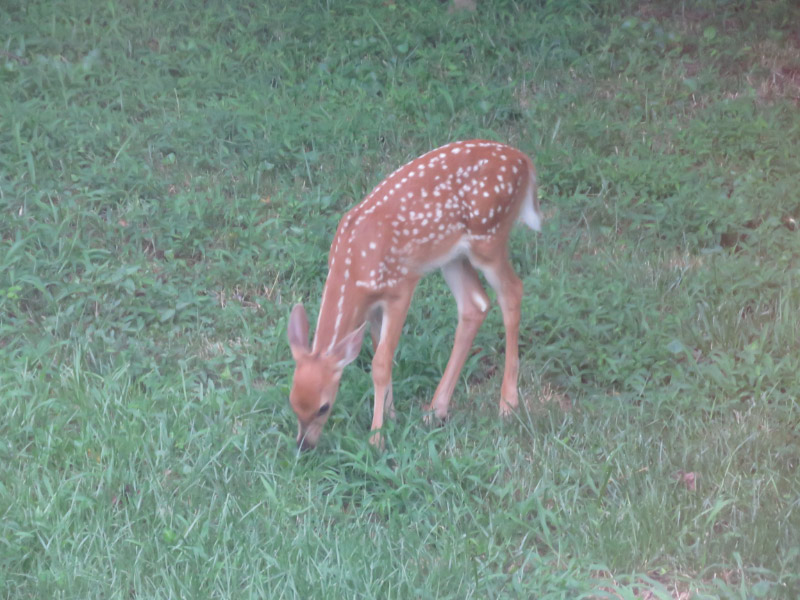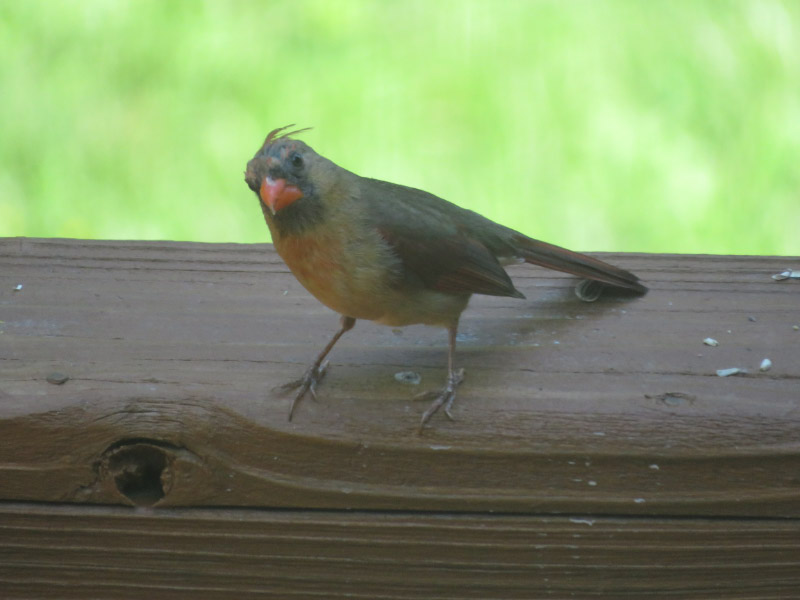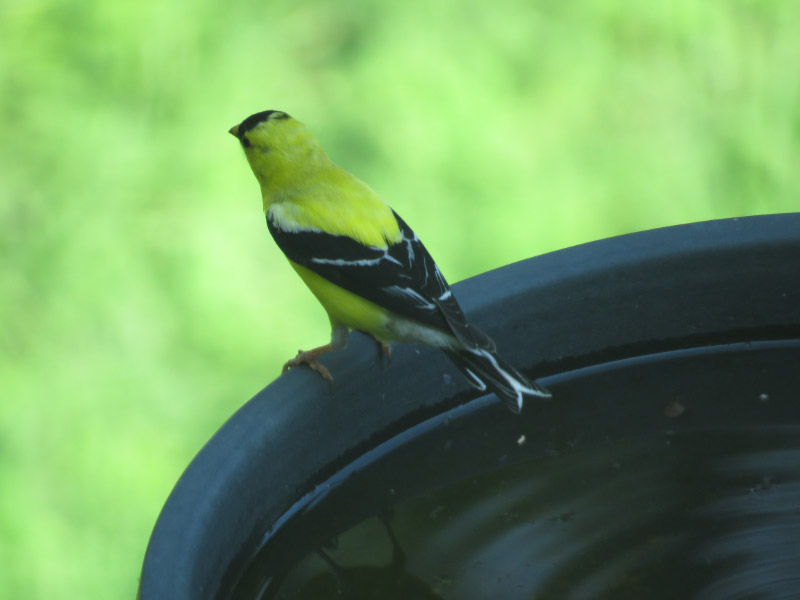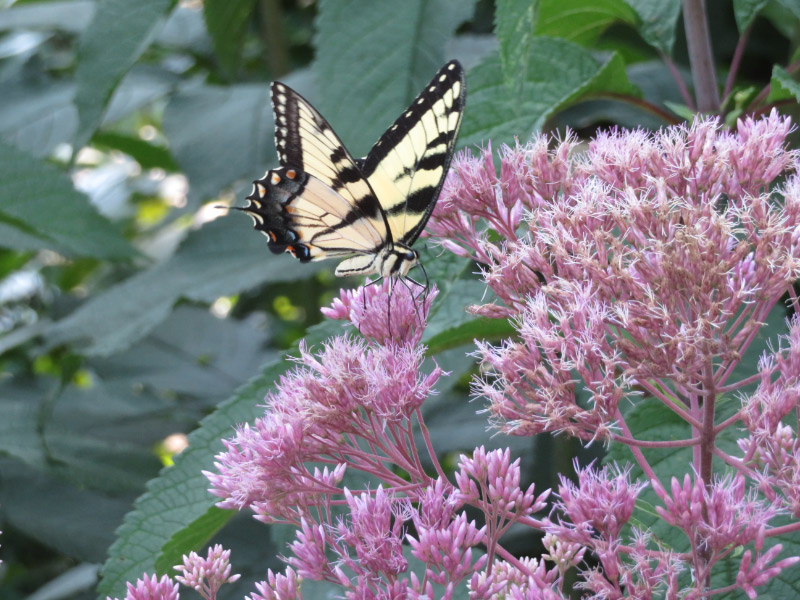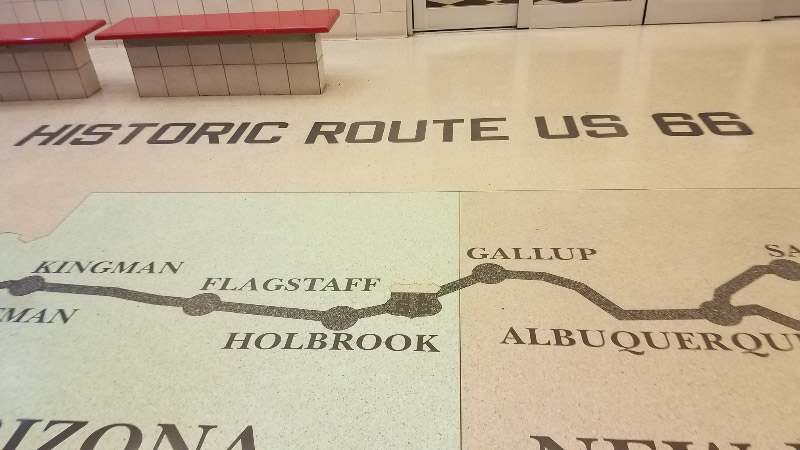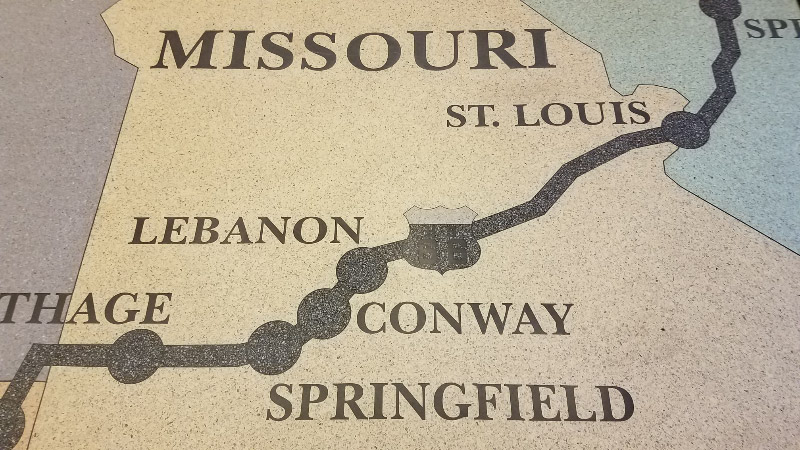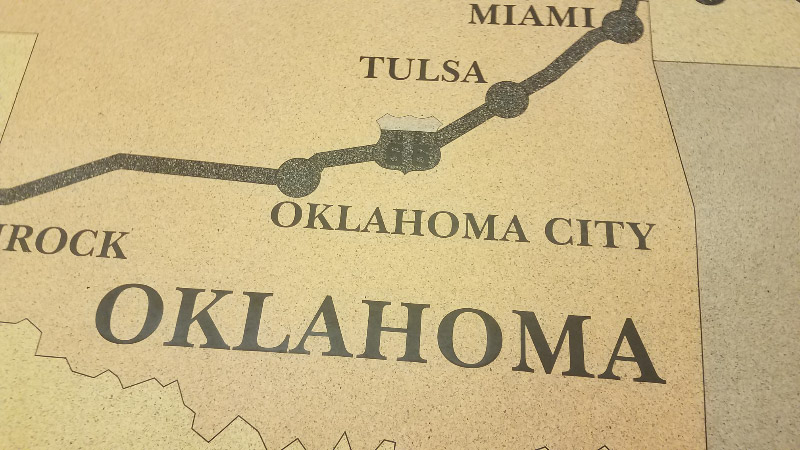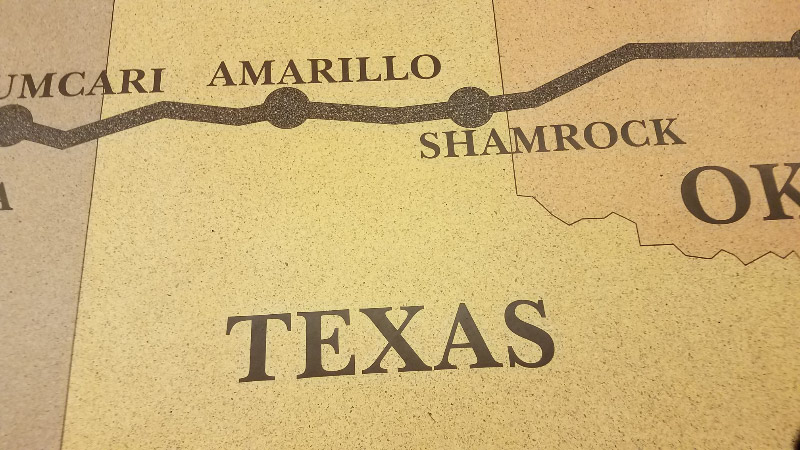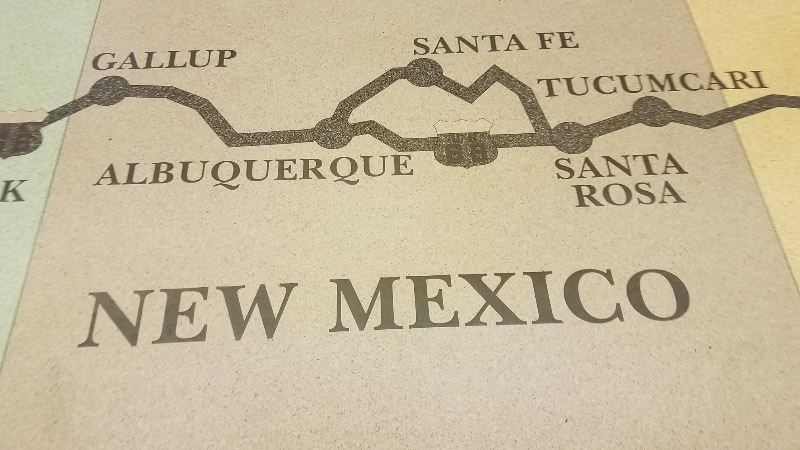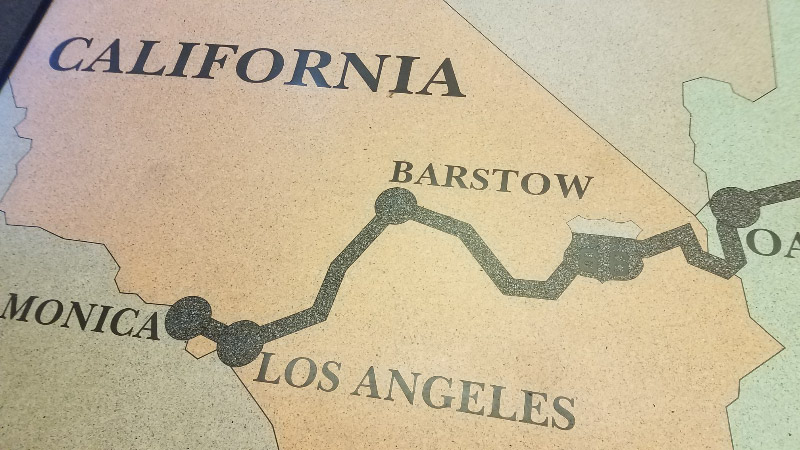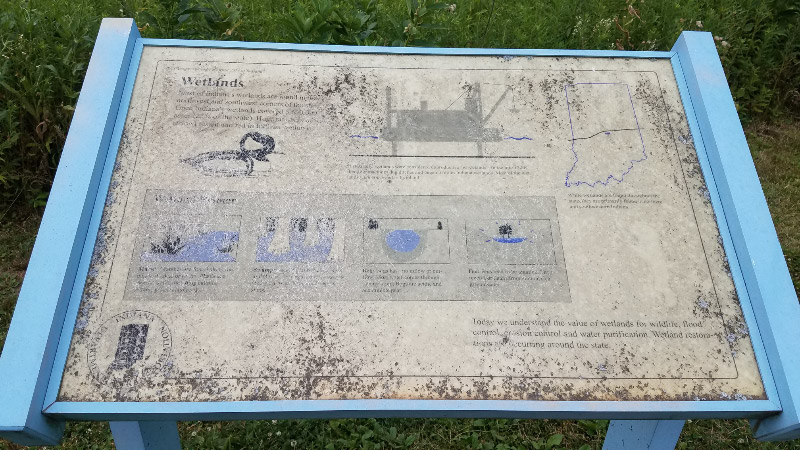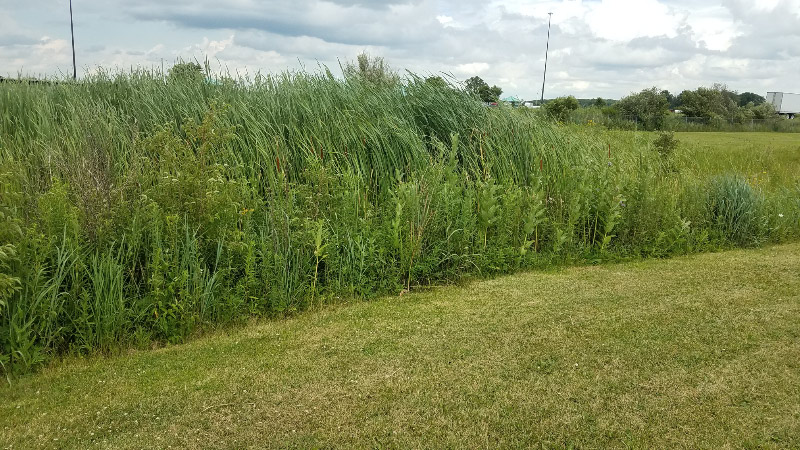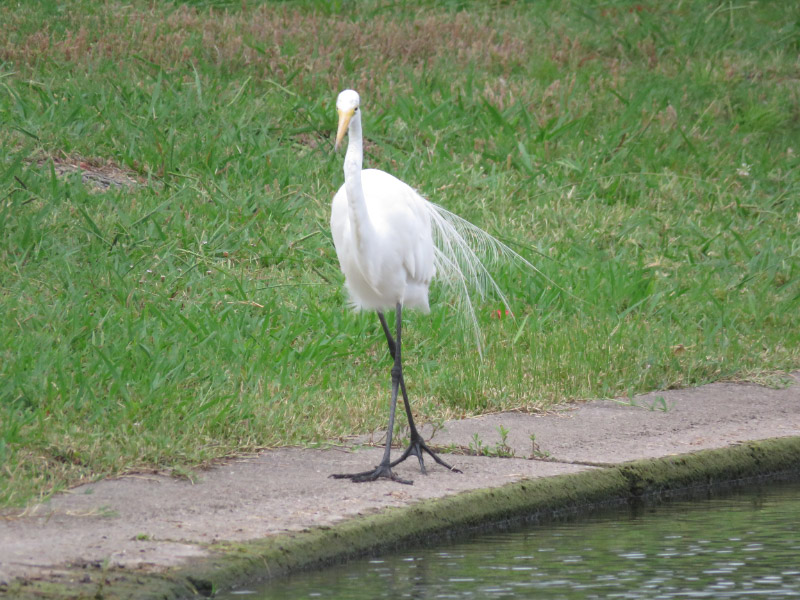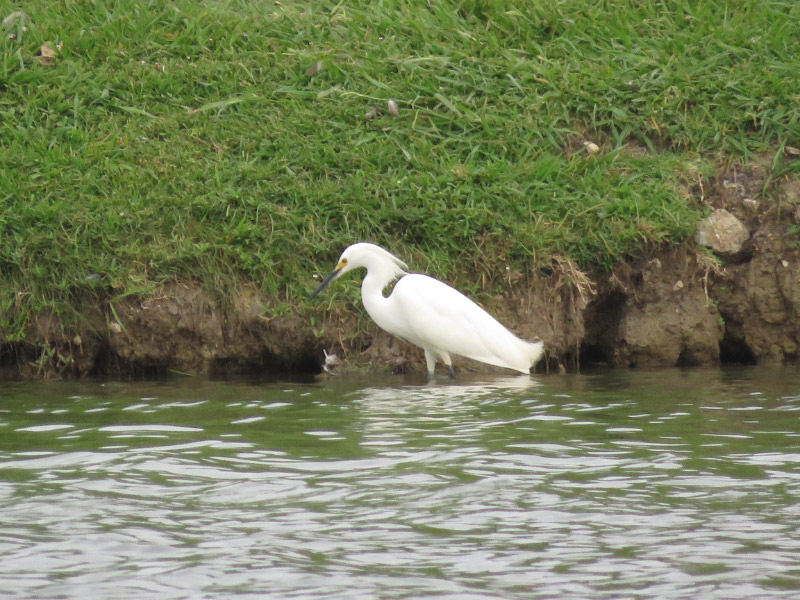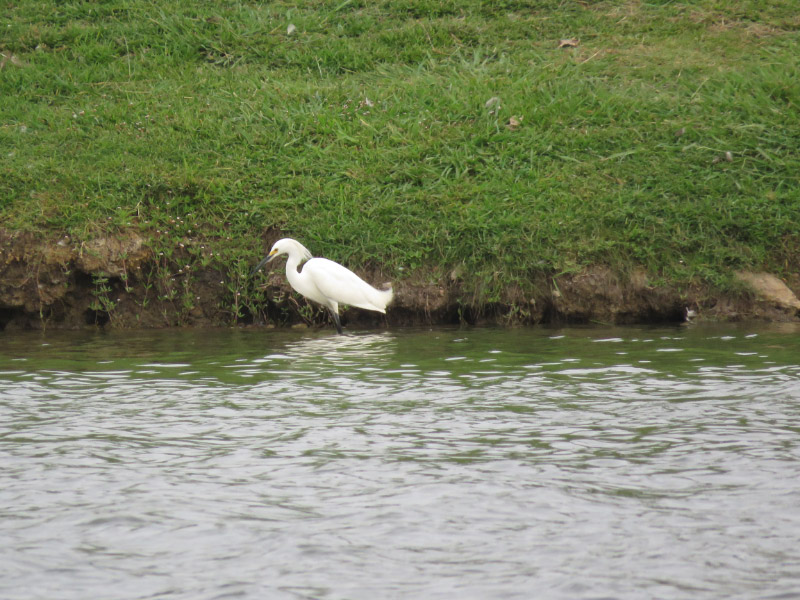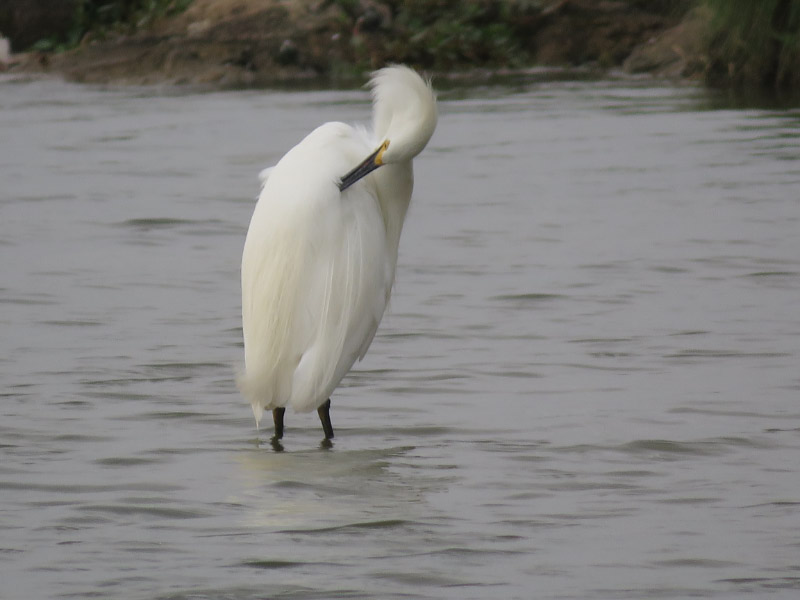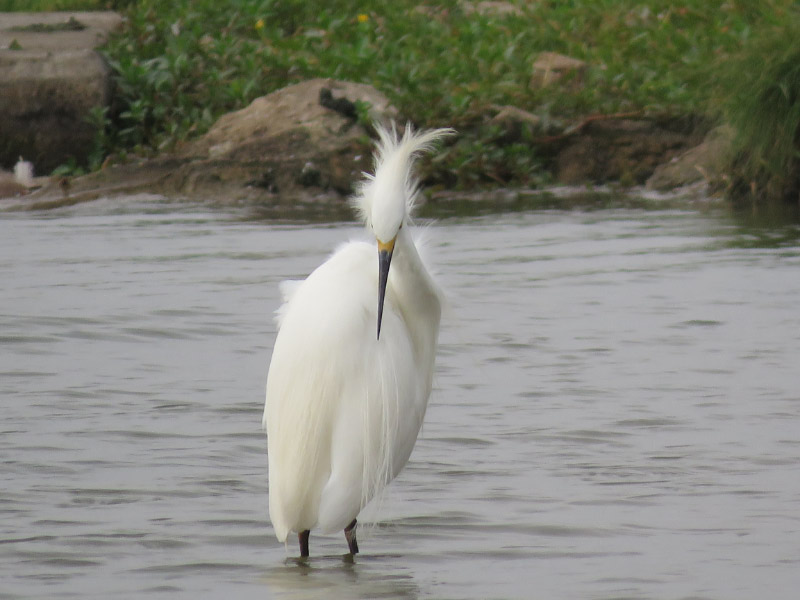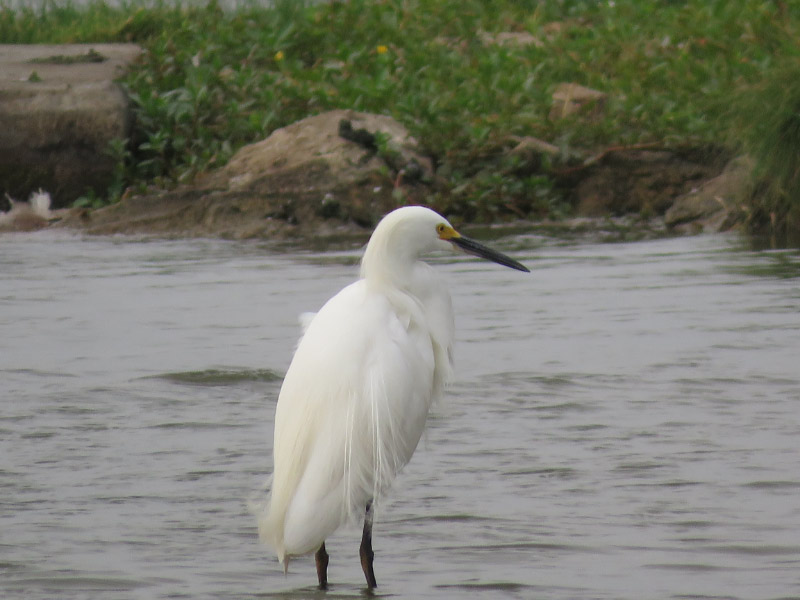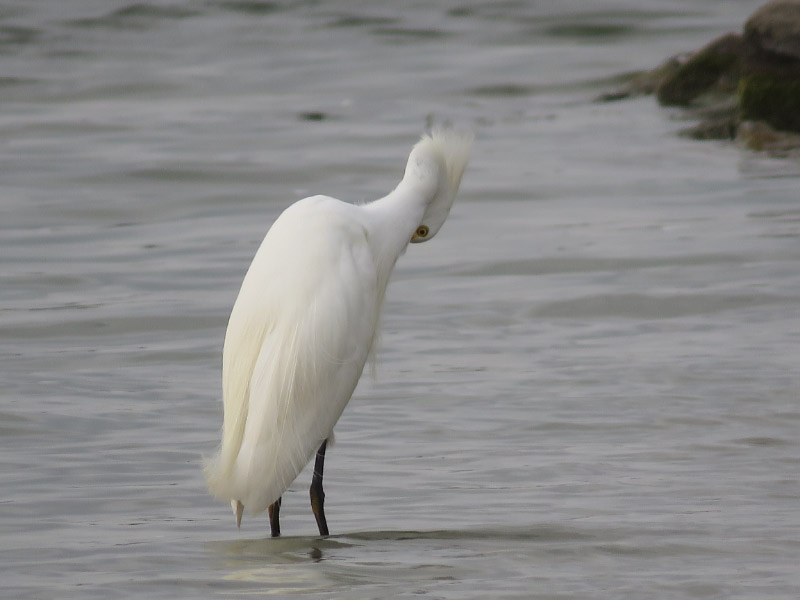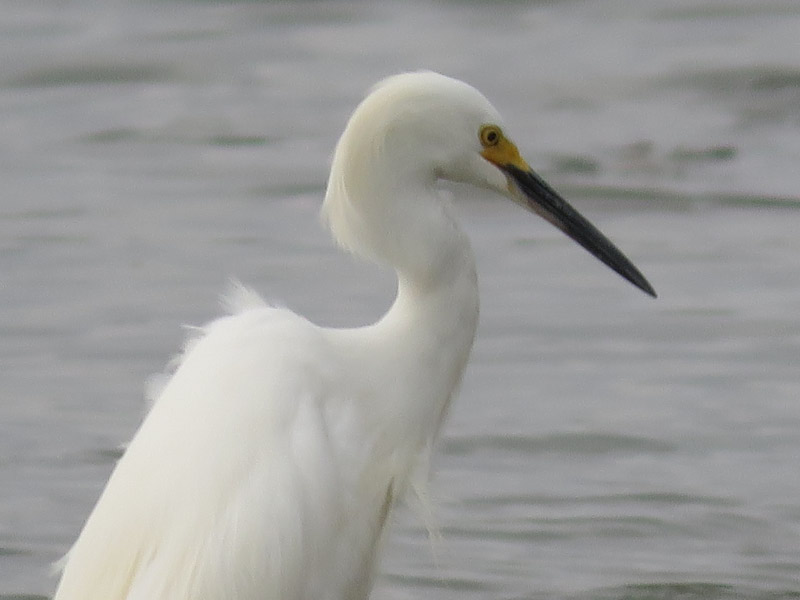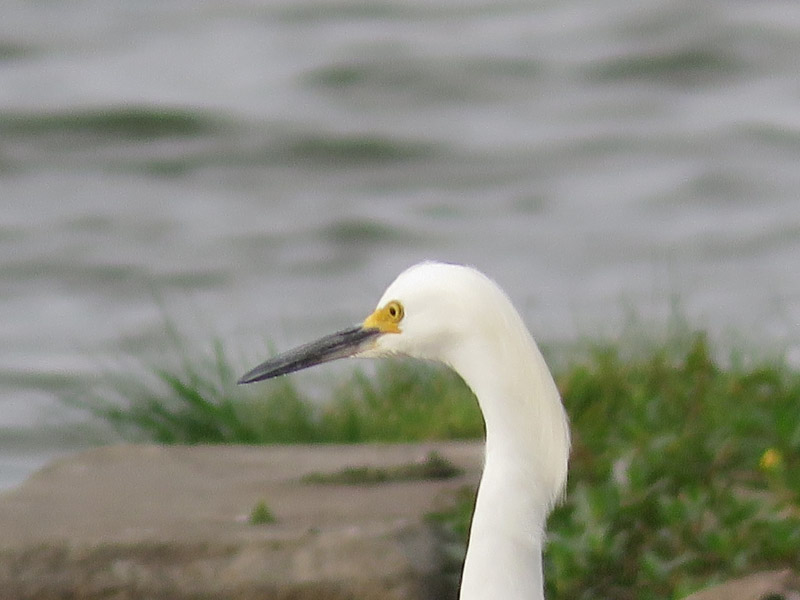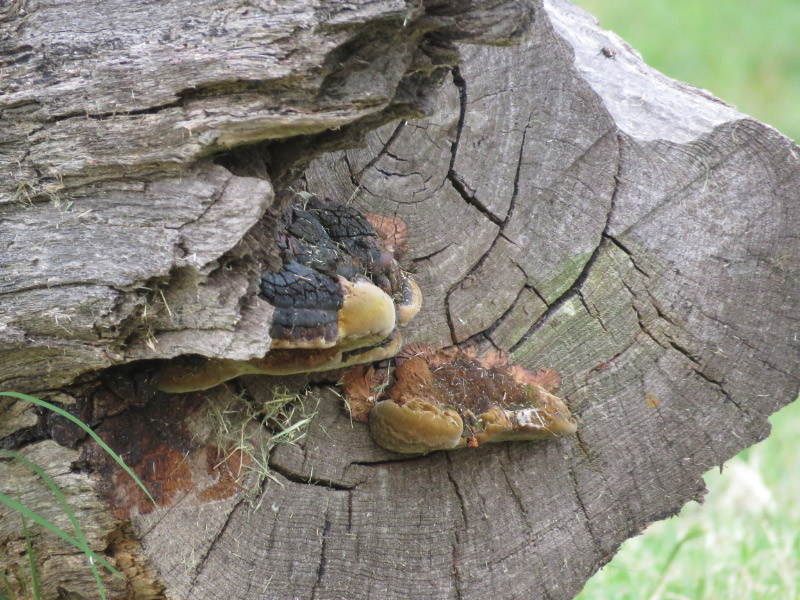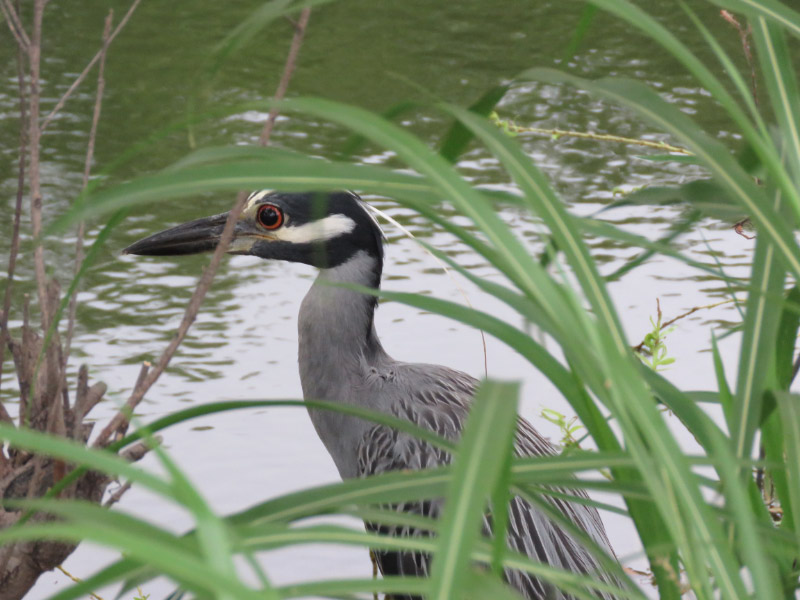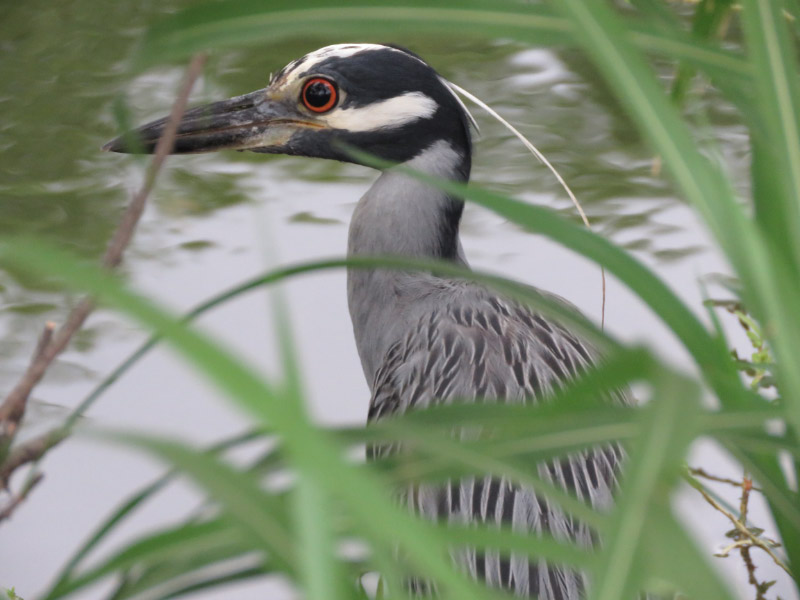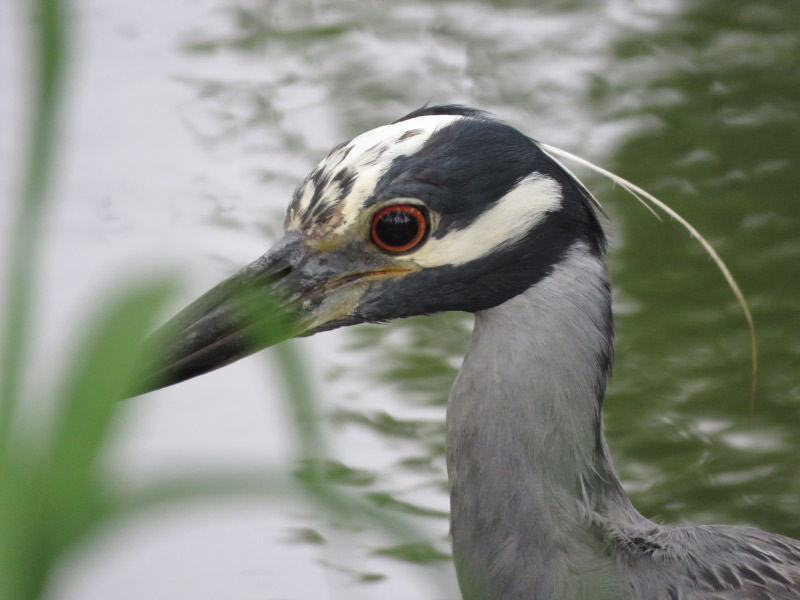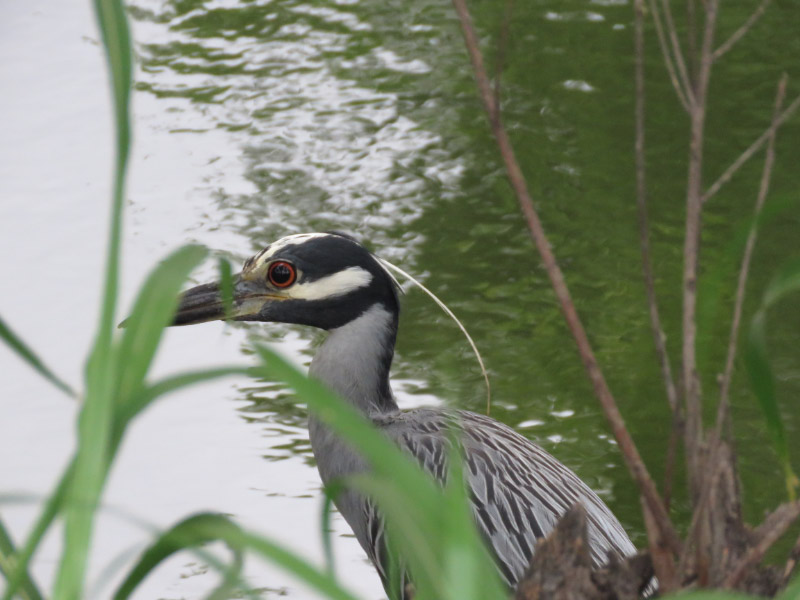The items below were ‘the cream’ of the articles and websites I found this past week. Click on the light green text to look at the article.
Well-Preserved Mosaic Floor Found in Roman Egypt - Archaeology Magazine – Lotus patterns!
Nations with strong women's rights likely to have better population health and faster growth-- ScienceDaily – A study analyzed databases which held information on health, human rights, and economic and social rights for 162 countries for the period 2004 to 2010. The results suggest that gender equality is not just a women’s issue but a development issue.
More Climate Surprises Expected – THE DIRT – “Climate change together with environmental degradation and social and political instability is the threat multiplier.” It seems like more and more climate-linked surprises/disasters are happening every year. When do we reach a tipping point where everyone realizes that we cannot continue the status quo?
Liver transplants could be redundant with discovery of new liver cell -- ScienceDaily – From Kings’ College London. It would be a big step forward if this finding translates into standard treatment for liver failure.
Viking Woman Warrior May Have Been Slavic | Smart News | Smithsonian – Not all ‘Vikings’ were Nordic men…some were Slavic and some were women! It’s good to understand long ago cultures in more depth…particularly when it causes us to rethink our assumptions.
Top 25 Wild Bird Photographs of the Week: Birding – National Geographic Society Newsroom – Variety and beauty of birds…I always enjoy the ‘25’ collections.
How to keep buildings cool without air conditioning – according to an expert in sustainable design – We are going to need all the technology we know (and some new ones) to keep buildings and homes cool as the planet gets warmer.
America's packaged food supply is ultra-processed: Americans are overexposed to products that are high in calories, saturated fat, sugar and salt -- ScienceDaily – Unhealthy ‘food’ --- most of us have an inkling about this but it doesn’t keep us from indulging. The article mentions the Foodswitch app that allows consumers to scan packaged foods to determine their healthfulness; I loaded the app and scanned things in my pantry. The pasta I buy (whole wheat and green) rates a 5 of 5! Soymilk was 4.5. The canned tamales my husband likes are a 3 (salt and fat).
Thamugadi, a Roman outpost in Algeria, was saved by the Sahara – Buried in sand after it was abandoned around AD 700…and rediscovered in the 1700s but not explored. In the 1870s it was again rediscovered. It was excavated by the French from 1881 to 1960 in its entirety. It became a UNESCO World Heritage site in 1982.
100 days, 100 nights: Sensor network reveals telltale patterns in neighborhood air quality: Custom-built sensors deployed for 100 days and nights to track black carbon pollution -- ScienceDaily – A test was done in West Oakland with new technology to monitor air pollution with more specificity over the area and time of day(s) than has been done before now. The technology worked and demonstrated that the finer grain measurements provide deeper understanding of what impacts localized air quality…something we have to understand to make progress in improving city environments.




